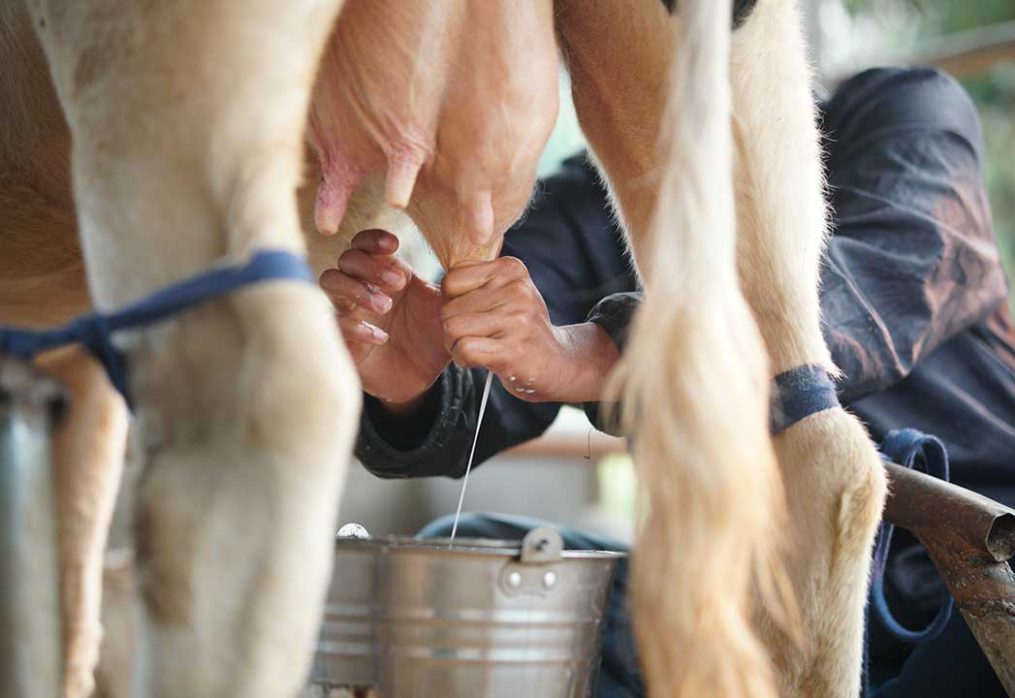April 12, 2023
Milk Safety and Hygiene: Tips for Preventing Contamination on Your Farm
Milk safety and hygiene are critical to the success of any dairy farm. In this article, we will discuss some essential tips for preventing milk contamination on your farm.
- Keep a clean milking environment – The milking environment should be clean, dry, and well-ventilated to reduce the risk of bacterial growth. You should ensure that the milking parlor and the surrounding area are clean and free of debris, manure, and other contaminants that can affect milk quality. It is also essential to keep the cows clean and dry by regularly brushing and washing them.
- Practice good personal hygiene – Good personal hygiene is crucial when milking cows. You and your employees should wash your hands thoroughly with soap and water before and after milking. You should also wear clean clothes and footwear that are dedicated to milking and avoid wearing jewelry or other accessories that can harbor bacteria.
- Maintain clean equipment and utensils – Milking equipment and utensils should be clean and sanitized to prevent bacterial contamination. After each milking session, you should clean and disinfect the milking equipment, such as the milking machine, milk pails, and udder wipes. You should also ensure that the milk storage containers and cooling tanks are clean and well-maintained.
- Practice proper milking techniques – Proper milking techniques can help prevent injuries to the udder and reduce the risk of mastitis, a common udder infection. You should avoid over-milking or under-milking the cows and ensure that the milking machine is correctly adjusted to avoid injuring the udder. You should also monitor the milk flow and quality during the milking process to detect any abnormalities.
- Test and monitor milk quality regularly – Regular testing and monitoring of milk quality can help identify any issues and ensure that the milk is safe for consumption. You should test the milk regularly for somatic cell count (SCC), bacterial count, and other contaminants such as antibiotics and aflatoxins. You should also monitor the milk temperature and cooling process to ensure that the milk is stored at the appropriate temperature.
- Implement a milk quality control program – Implementing a milk quality control program can help ensure that the milk produced on your farm meets the required quality standards. The program should include regular testing and monitoring of milk quality, training on good milking practices, and record-keeping of milk production and quality. You should also have a plan in place to handle and dispose of contaminated milk.
Maintaining milk safety and hygiene is essential to the success of any dairy farm. By implementing these tips and best practices, you can ensure that your milk is safe for consumption and meet the required quality standards. Remember that milk safety is not only important for the health of consumers but also for the economic success of your dairy farm.
